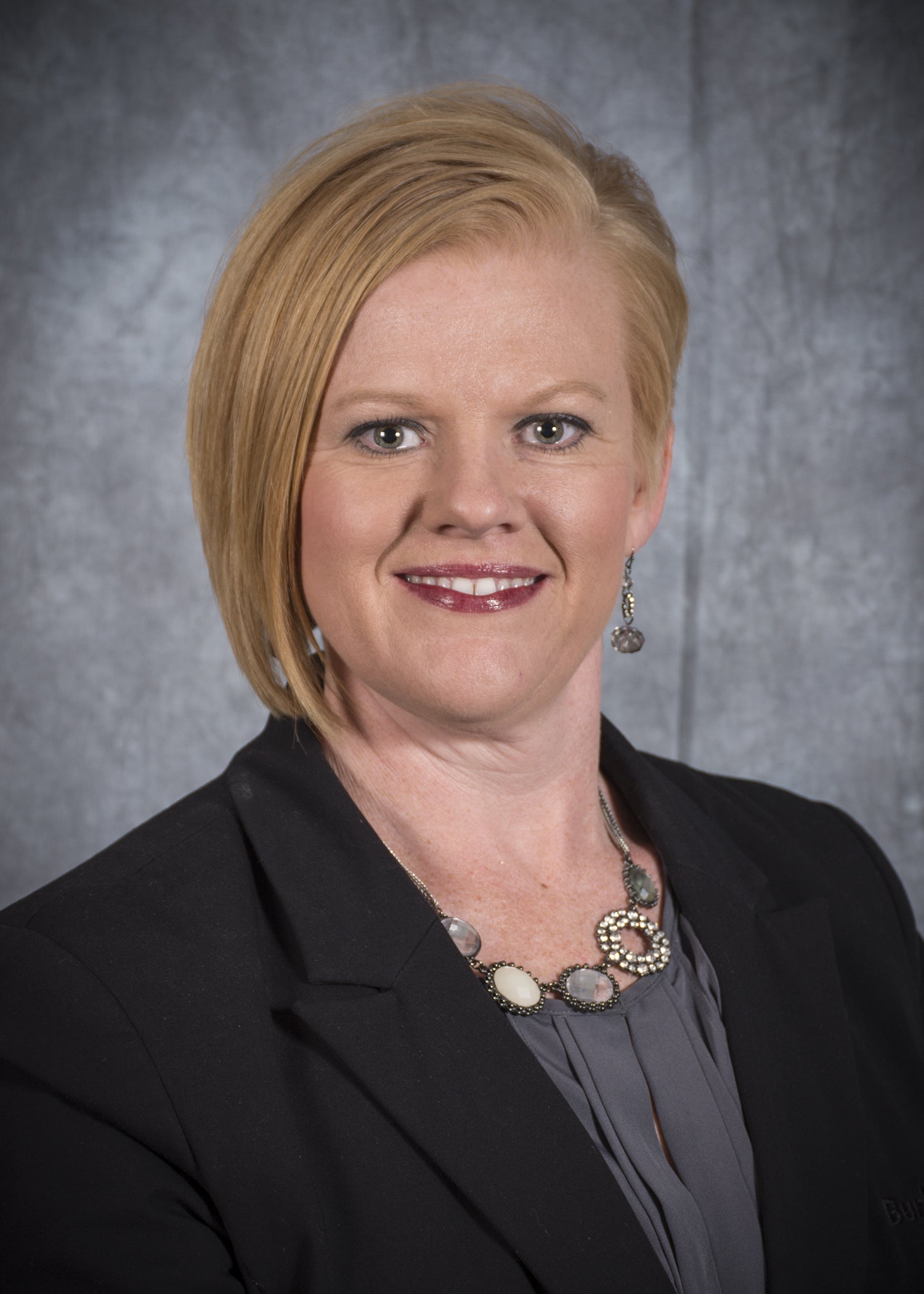
By Heidi Haugen-Grohs, member services manager
I ventured across the state in early August with the co-op’s Ford F-150 Lightning to Fargo for a Member Services Association meeting.
I did a great deal of research on the location of charging stations before I left and determined the best route to Fargo would be Highway 2 to Grand Forks, then I-29 to Fargo, because of the availability of Level 3 DC fast-charging stations.
I left Kenmare with a fully charged battery to take me an estimated 324 miles down the road. I charged in Devils Lake at Lake Chevrolet GMC. I had issues with the charging station, but the folks at the dealership were very helpful. The owner brought his Lightning over, tested the charging station and helped me get charged. It took 1 hour and 22 minutes to charge from 40% to 90%. This charge added 64.36 kilowatt-hours (kWh) or an estimated 129 miles to the battery and cost $25.10 (39 cents per kWh).
I charged at Cass County Electric Cooperative for seven hours with a Level 2 charger during my meetings and only had 140 miles of charge at the end of the meeting, so I charged at a Level 3 DC fast charger at the Fargo/Moorhead Convention and Visitors Bureau before heading toward home. It took 1 hour and 5 minutes to charge from 43% to 90%. This charge added 52.515 kWh or an estimated 105 miles to the battery and cost $20.70 ($5 fee plus 30 cents
per kWh).
I had to stop in Devils Lake to charge again on the way home. It took 1 hour and 37 minutes to charge from 36% to 90%. This charge added 93.74 kWh or an estimated 187 miles to the battery and cost $36.56 (39 cents per kWh). It was late when the pickup was charged, so I stayed the night in Devils Lake and finished my trip home the next day.
On this trip, I traveled 701 miles and averaged 2 miles per kWh. It was over 90 degrees both days, so I was using the air conditioning, and I always use the heated seat! Some 94% of the battery was used to power the pickup and 6% to power the accessories and climate control.
I also took the Lightning to Bismarck for the Basin Electric Power Cooperative Regional Communicators Group meeting a week later. I left Kenmare with a fully charged battery (324 miles). My meeting was at the North Dakota Association of Rural Electric Cooperatives headquarters. There is a Level 3 DC fast charger available in that parking lot, so I was able to charge during the meeting. It took 1 hour and 49 minutes to charge from 46% to 90%. This added 70.1131 kWh or an estimated 140 miles to the battery and cost $22.53 ($5 fee plus 25 cents per kWh). I had plenty of battery to make it back to Kenmare. On this trip, I traveled 337 miles and averaged 2.1 miles per kWh.
The trip to Bismarck was definitely easier than the one to Fargo!
I learned it is important to know where your DC fast chargers are located, you need to have the app for every brand of charging station you will use downloaded on your phone, DC fast chargers only charge the battery to 90%, and that you must have some patience when traveling in an EV!
Tesla is opening its charging stations to non-Tesla vehicles. Once we receive the charging adapter from Ford, we will be able to charge the Lightning at Tesla stations. Tesla charge stations can charge at levels up to 250 kilowatts (KW). The Lightning can accept up to 150 KW, so the charging time will be much faster than at the other Level 3 DC fast chargers to which we have access now.
Stay tuned for a winter driving update!
.png)
